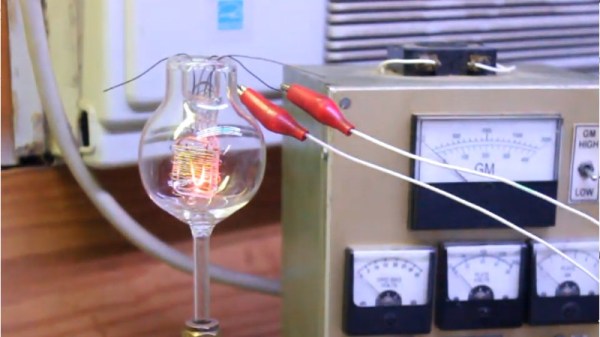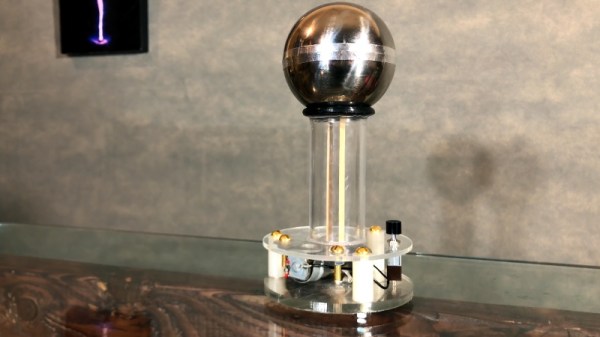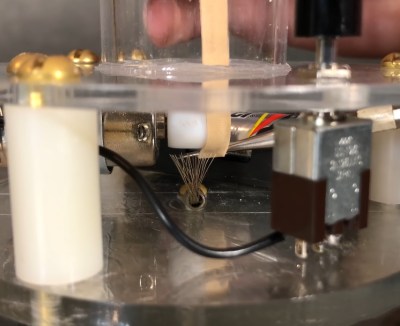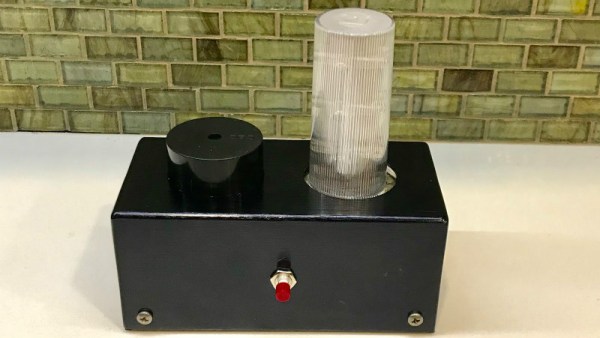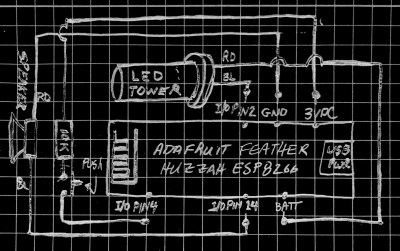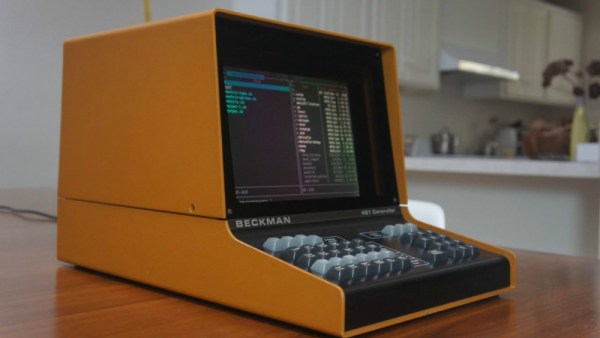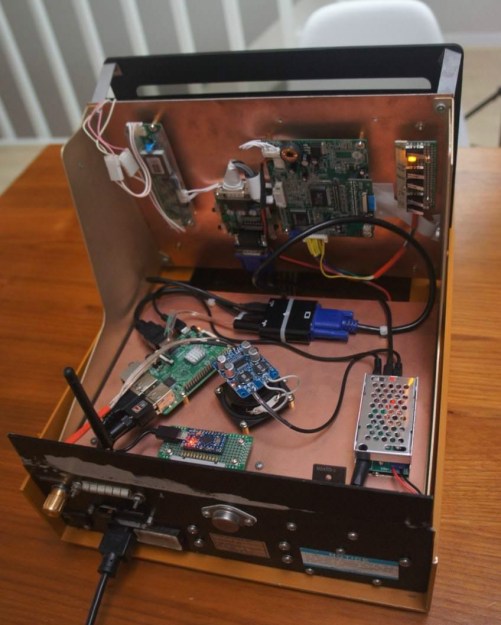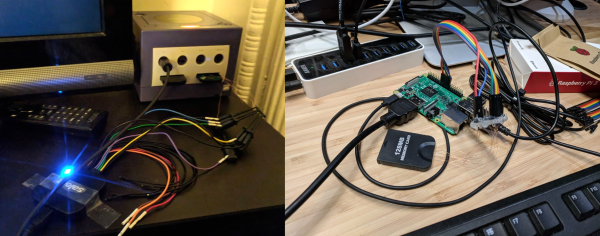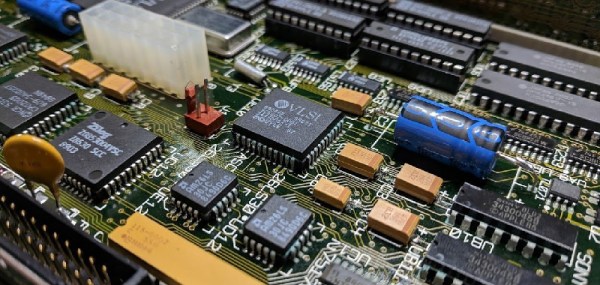The vacuum tube is largely ignored in modern electronic design, save for a few audio applications such as guitar and headphone amps. The transistor is smaller, cheaper, and inordinately easier to manufacture. By comparison, showing us just how much goes into the manufacture of a tube, [glasslinger] decided to make a wire-element pilotron – from scratch!
To say this is an involved build is an understatement. Simply creating the glass tube itself takes significant time and skill. [glasslinger] shows off the skills of a master, however – steadily working through the initial construction, before showing off advanced techniques necessary to seal in electrodes, produce the delicate wire grid, and finally pull vacuum and seal the tube completely.
The project video is an hour long, and no detail is skipped. From 2% thoriated tungsten wire to annealing torches and grades of glass, it’s all there. It’s enough that an amateur could reproduce the results, given enough attempts and a complete shop of glassworking equipment.
The pilotron may be a forgotten design, but in 2018 it once again gets its day in the sun. Overall, it’s a testament to [glasslinger]’s skill and ability to be able to produce such a device that not only looks the part, but is fully functional on an electronic level, as well.
There’s a few people out there still building valves the old fashioned way, and we’d love to see more – tip ’em if you got ’em. Video after the break.
[Thanks to Morris for the tip!]
Continue reading “How To Make A Pilotron, The Forgotten Tube”

